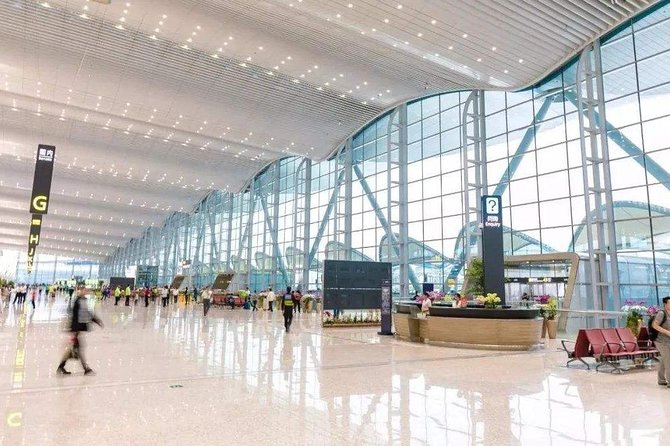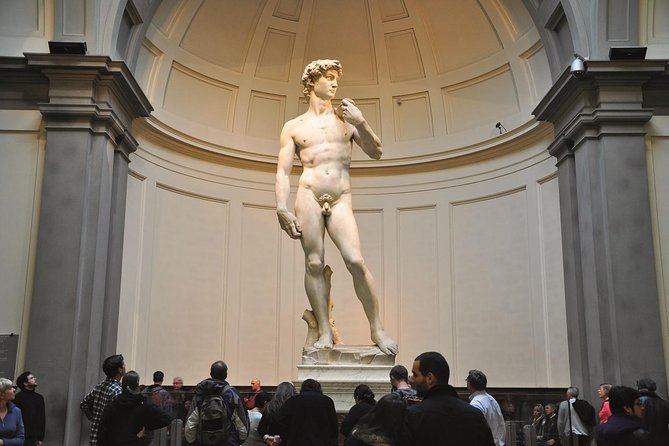Alcobaça and Batalha Monasteries and Convent of Christ
Nestled like ancient guardians in Portugal‘s embrace, the Alcobaça and Batalha Monasteries, along with the Convent of Christ, whisper tales of a bygone era filled with grandeur and devotion. Their walls echo with centuries of history and architectural mastery, drawing visitors into a realm where time seems to stand still.
As travelers wander through the hallowed halls and intricate corridors of these UNESCO World Heritage sites, they are transported to a world where beauty and spirituality intertwine seamlessly. Each corner holds a secret waiting to be unveiled, inviting exploration into the depths of Portugal‘s cultural tapestry.
Key Points
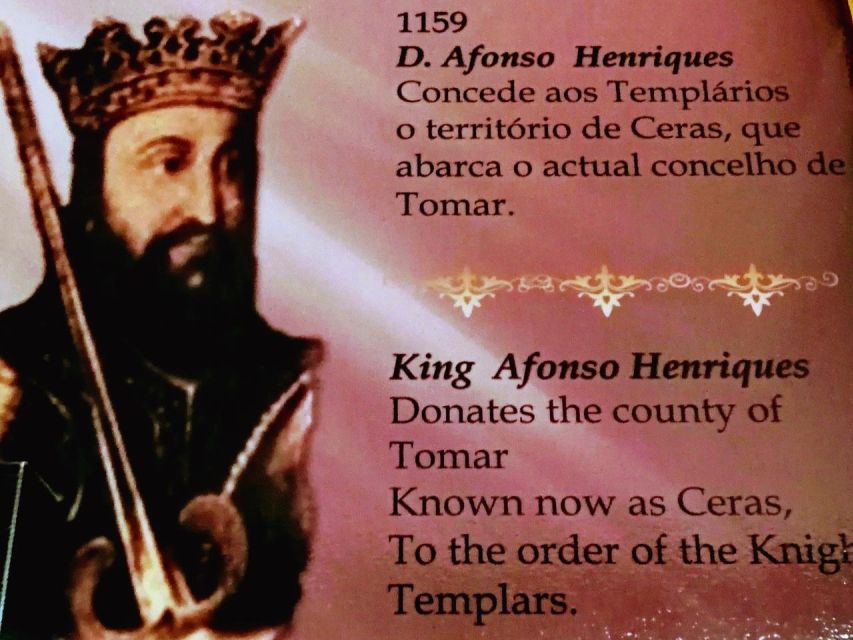
- Alcobaça and Batalha Monasteries, along with the Convent of Christ, epitomize Portugal’s rich architectural and religious heritage.
- These sites showcase a harmonious blend of Gothic, Manueline, and Renaissance architecture, captivating visitors with their intricate details and historical significance.
- The tragic love story of King Pedro I and Inês de Castro is intertwined with the Alcobaça Monastery, adding a romantic and poignant element to its history.
- Symbolizing faith, devotion, and the influence of the Knights Templar, these monasteries stand as testaments to Portugal’s cultural and architectural legacy.
History and Significance of Alcobaça Monastery
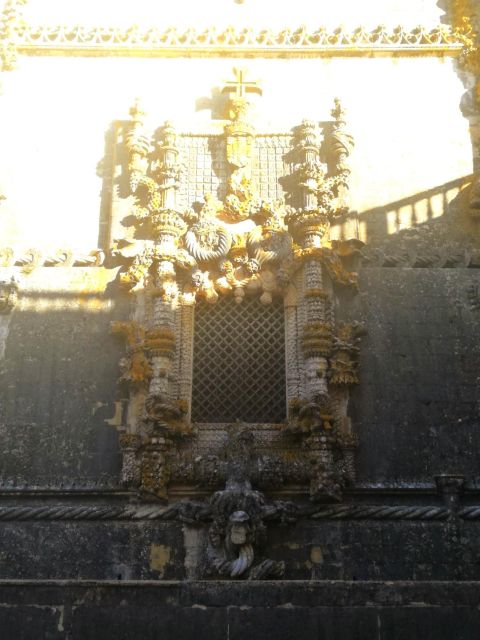
Nestled in the serene town of Alcobaça, the Alcobaça Monastery stands as a poignant testament to Portugal’s rich historical and cultural heritage.
The monastery holds immense historical significance, being founded in 1153 as a symbol of the Knights Templar’s influence. Its religious importance is underscored by being the first Gothic building in Portugal and the burial site of King Pedro I and his lover Inês de Castro.
The tragic love story of Pedro and Inês is intricately woven into the fabric of the monastery, adding a layer of romanticism to its already compelling history. Visitors can explore the monastery’s halls and chapels, seeing the stories of the past that continue to resonate through its walls.
Architectural Beauty of Batalha Monastery
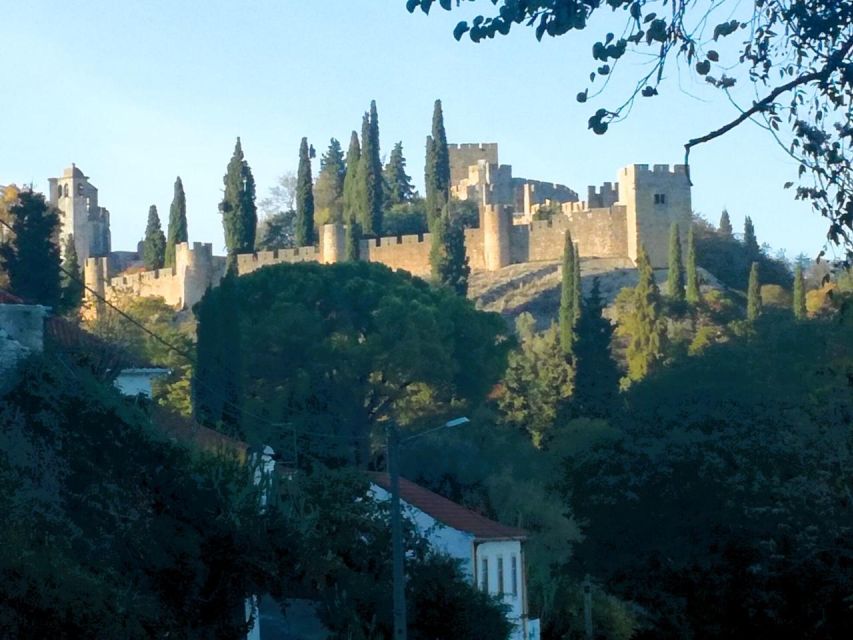
Exemplifying the pinnacle of Gothic architecture, Batalha Monastery showcases intricate carvings and a blend of Manueline style, captivating visitors with its awe-inspiring architectural beauty. The monastery’s sculptural details, meticulously crafted with artistic craftsmanship, adorn its walls and facades, reflecting a true masterpiece of medieval artistry.
Each corner of Batalha Monastery reveals a story told through stone, where every column and arch speaks of the dedication and skill of the craftsmen who brought this grand structure to life. The delicate tracery, the ornate decorations, and the imposing yet graceful design all contribute to the allure of this UNESCO World Heritage site, making it a must-see destination for those seeking to enjoy the splendor of architectural history.
Knights Templar Legacy at Convent of Christ
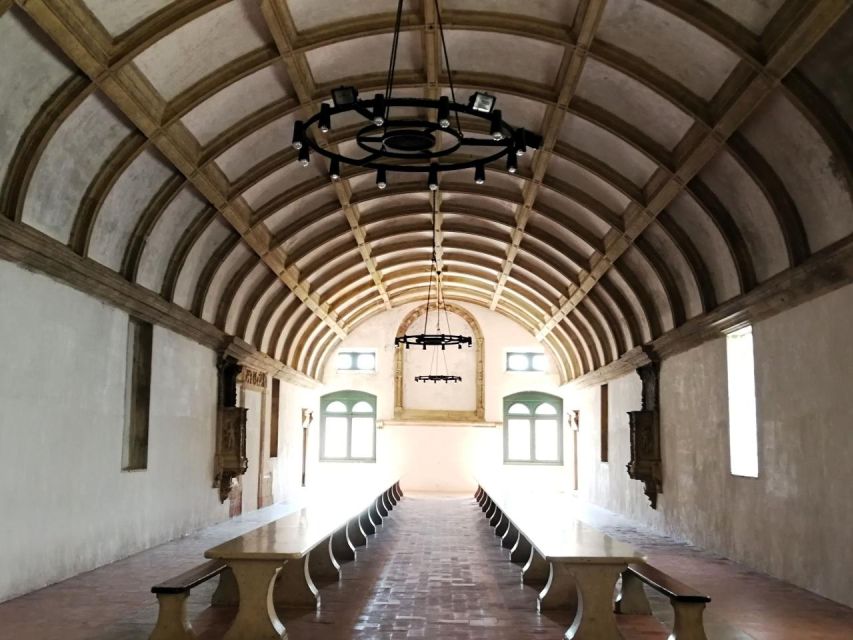
The Knights Templar legacy at the Convent of Christ in Tomar, Portugal, unfolds a rich tapestry of history and architectural significance.
-
Knights Templar Influence: The Convent of Christ stands as a testament to the Knights Templar influence in shaping its design and purpose, reflecting their military and religious ideals.
-
Tomar History: Located in the historic town of Tomar, the Convent of Christ serves as a focal point for understanding the Knights Templar’s role in the region’s history and their impact on Portuguese culture.
-
Architectural Significance: The unique blend of Templar symbolism and Renaissance architecture at the Convent of Christ showcases a harmonious fusion of styles that captivates visitors with its beauty and historical depth.
Booking Tips and Recommendations
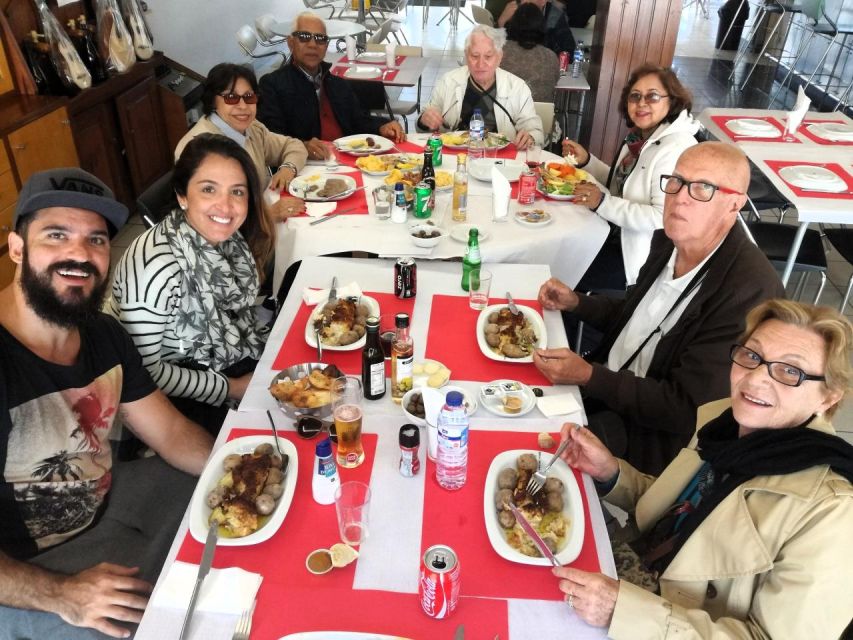
For efficient planning and securing your spot, consider these practical booking tips and recommendations when visiting Alcobaça and Batalha Monasteries and the Convent of Christ. To optimize your visit, prioritize flexible scheduling to accommodate any changes that may arise.
Explore the various tour options available to delve deeper into the historical and architectural wonders of these sites. When booking, ensure you reserve without immediate payment to allow for adjustments in your itinerary. Check availability for start times and be prepared for itineraries that may change to make the most of your experience.
Planning with flexibility in mind will help you secure your spot and enjoy a seamless exploration of these UNESCO World Heritage sites.
Cultural Heritage of Alcobaça Monastery
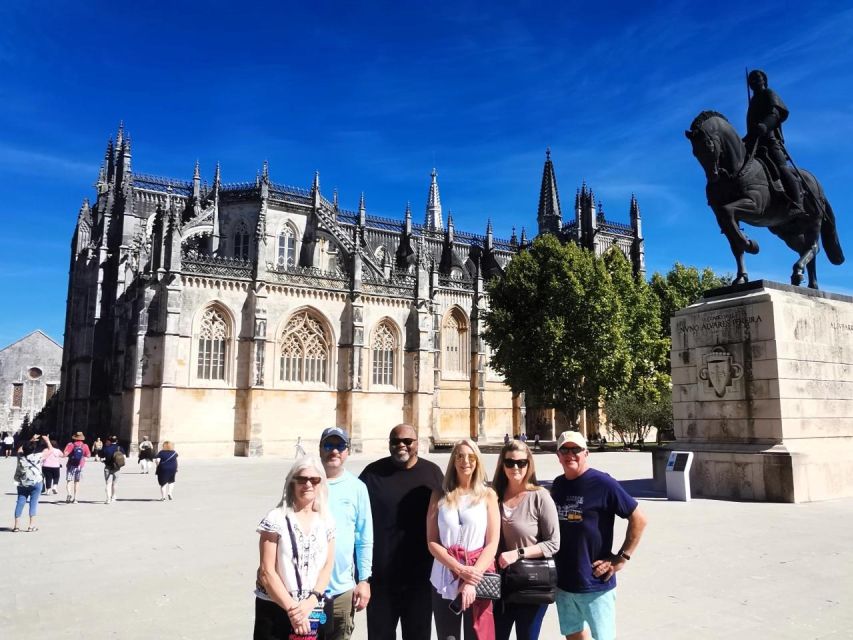
With its historical significance and architectural beauty, Alcobaça Monastery stands as a testament to Portugal’s cultural heritage.
-
Cultural Significance: Founded in the 12th century, Alcobaça Monastery isn’t only a stunning architectural marvel but also a place of immense cultural importance in Portugal.
-
Architectural Heritage: The monastery’s Gothic style, with its grand scale and intricate details, showcases the country’s rich architectural heritage and craftsmanship.
-
Religious Importance: As a symbol of faith and devotion, Alcobaça Monastery holds a special place in the hearts of the Portuguese people, reflecting the deep religious roots embedded in the nation’s history.
UNESCO Site: Batalha Monastery
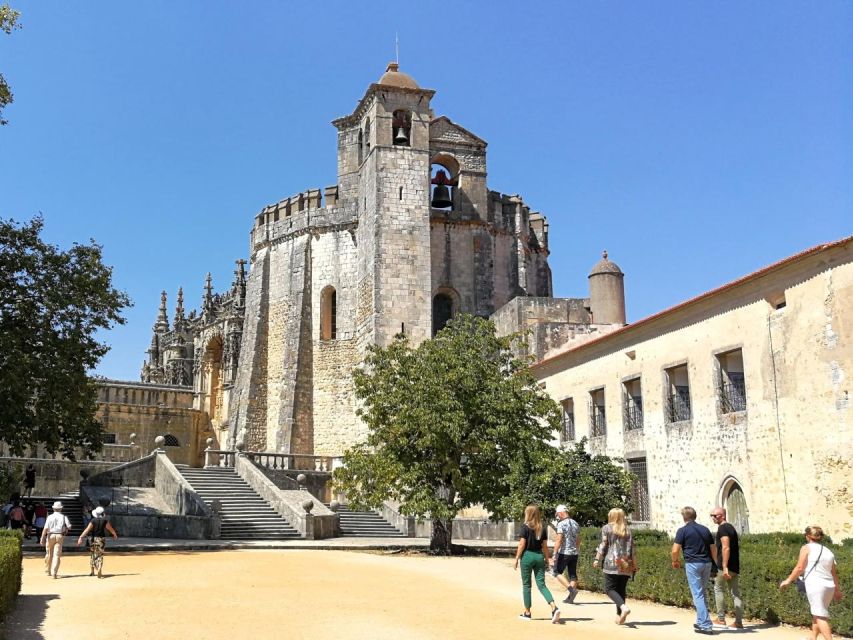
Nestled in the heart of Portugal, Batalha Monastery stands as a distinguished UNESCO World Heritage site, showcasing a harmonious blend of Gothic architecture and Manueline style. The monastery is renowned for its intricate carvings and the Tomb of the Unknown Soldier, adding to its historical significance. The Gothic architecture is evident in the pointed arches, ribbed vaults, and flying buttresses, while the Manueline style is characterized by maritime motifs, intricate details, and lavish ornamentation. Visitors are captivated by the grandeur of the monastery, which serves as a testament to the skilled craftsmanship of the era. The fusion of these architectural styles creates a unique and captivating experience for all who visit Batalha Monastery.
| Aspects | Description |
|---|---|
| Gothic architecture | Pointed arches, ribbed vaults, flying buttresses |
| Manueline style | Maritime motifs, intricate details, ornamentation |
Renaissance Charm of Convent of Christ
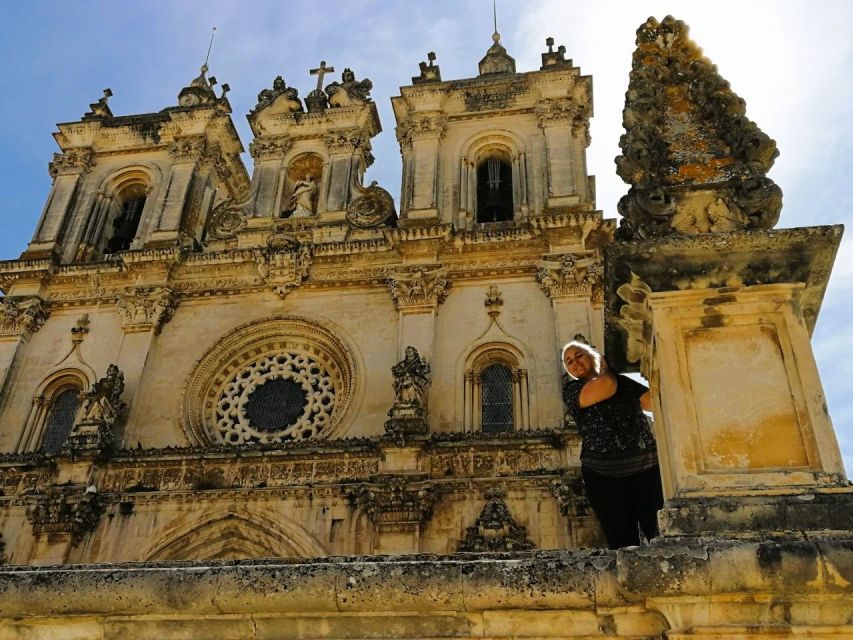
What hidden Renaissance charm does the Convent of Christ in Tomar, Portugal, unveil to visitors exploring its historic corridors and courtyards? The Convent of Christ stands as a testament to the rich history of Tomar, Portugal, showcasing a blend of medieval and Renaissance architecture that captivates all who visit.
-
Architectural Marvel: The Convent boasts stunning examples of Renaissance architecture, with intricate detailing and grand structures that reflect the skill and artistry of the time.
-
Historical Significance: Each corner of the Convent whispers tales of Tomar’s history, from its origins as a stronghold of the Knights Templar to its transformation into a symbol of Portugal’s heritage.
-
Timeless Beauty: The Convent’s Renaissance charm transcends centuries, offering visitors a glimpse into a bygone era while maintaining its allure as a beacon of cultural and architectural significance.
Directions and Visitor Information
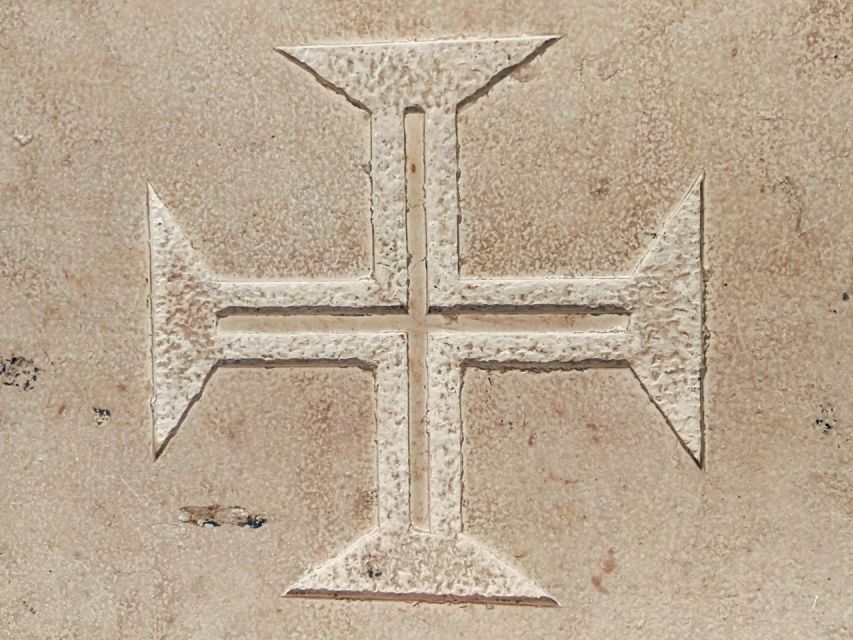
Visitors to Alcobaça and Batalha Monasteries and the Convent of Christ can easily navigate their way by following the well-marked signs and maps provided at each location. For visitor amenities, all three sites offer restroom facilities, gift shops, and guided tours for a more enriching experience. Plus, each location has nearby attractions worth exploring: Alcobaça Monastery is close to the beautiful Alcobaça village, Batalha Monastery offers access to the impressive Leiria Castle, and the Convent of Christ is situated near the stunning Nabão River. To plan your visit efficiently, consider the following table:
| Visitor Amenities | Nearby Attractions |
|---|---|
| Restrooms | Alcobaça Village |
| Gift Shops | Leiria Castle |
| Guided Tours | Nabão River |
Common questions
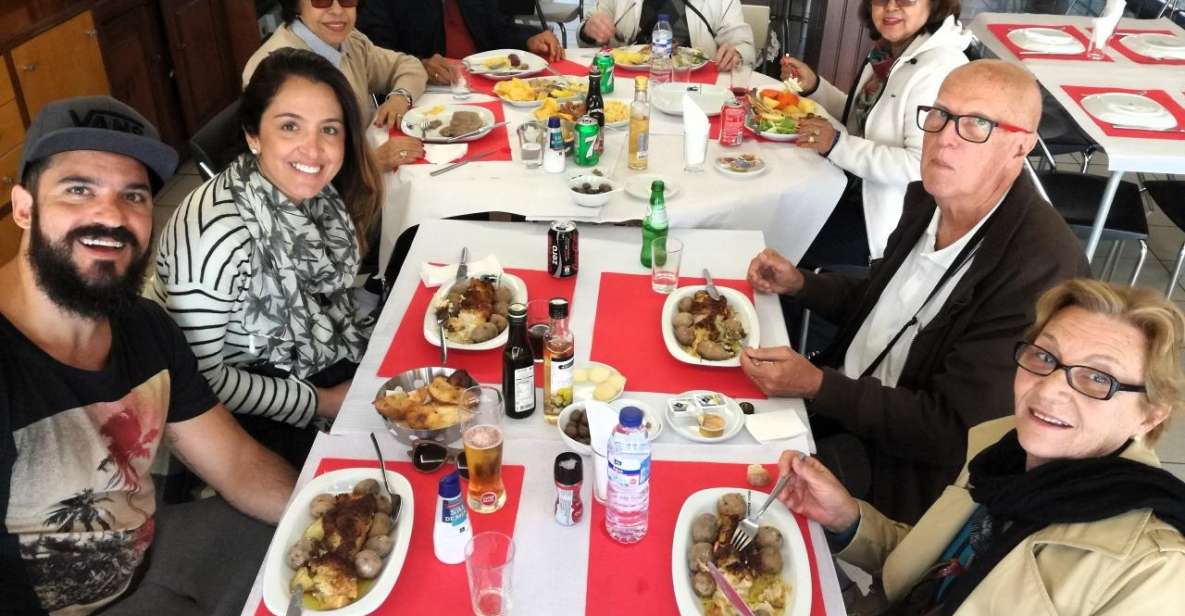
Are There Any Specific Dress Codes or Guidelines to Keep in Mind When Visiting These Monasteries and Convent?
When visiting these historic sites, travelers should adhere to specific dress codes and etiquette rules to show respect for the religious and cultural significance. Modest attire, covering shoulders and knees, is typically required.
Are There Any Restrictions on Photography or Filming Inside the Alcobaça and Batalha Monasteries and Convent of Christ?
Photography and filming restrictions may apply inside the Alcobaça and Batalha Monasteries and Convent of Christ. Visitors should check with staff for specific guidelines. It’s important to respect any limitations to preserve the sanctity and integrity of these historical sites.
Are There Any Special Events or Festivals Held at These Locations Throughout the Year That Visitors Should Be Aware Of?
Throughout the year, visitors can enjoy annual celebrations, cultural performances, savor local cuisine, and explore artisan crafts at these locations. These events enhance the experience, providing a deeper connection to the rich heritage.
Are There Any Nearby Accommodations or Restaurants That Are Recommended for Visitors Exploring These Historical Sites?
When visiting these historical sites, visitors can find accommodation options ranging from cozy guesthouses to luxury hotels. Dining recommendations include local restaurants serving traditional Portuguese cuisine, providing a taste of the region’s flavors.
Are There Any Lesser-Known Facts or Legends Associated With the Alcobaça and Batalha Monasteries and Convent of Christ That Visitors Might Find Interesting?
Exploring Alcobaça, Batalha, and the Convent of Christ unveils mysterious legends, intricate architecture, and rich traditions. Visitors are captivated by hidden stories, stunning designs, and the cultural tapestry woven into these historical gems.
Here's more of our most recent tour reviews happening neaby
- Convent of Christ of Tomar and University of Coimbra
- Knights Templar, Convent of Christ & Almourol Castle Private
- Tomar Knights Templar and Jurrasic Era Caves Private Tour
- From Lisbon: Private Full-Day Tour to Tomar and Coimbra
- Private Templars Tour With Estate Wine & Cheese Pairings
- Tomar: Castle of Almourol Private Tour
- Tomar & Batalha: Full-Day Private Transport From Lisbon
- Tomar: Exclusive Self-Guided Audio Tour on the Templar Order
Last Words
Experience the rich history and architectural splendor of Portugal at the Alcobaça, Batalha Monasteries, and Convent of Christ.
From the serene halls of Alcobaça Monastery to the stunning Gothic architecture of Batalha Monastery and the Knights Templar legacy at the Convent of Christ, these UNESCO World Heritage sites offer a captivating exploration of the country’s past.
Don’t miss the chance to learn about the cultural heritage and Renaissance charm of these iconic landmarks.



